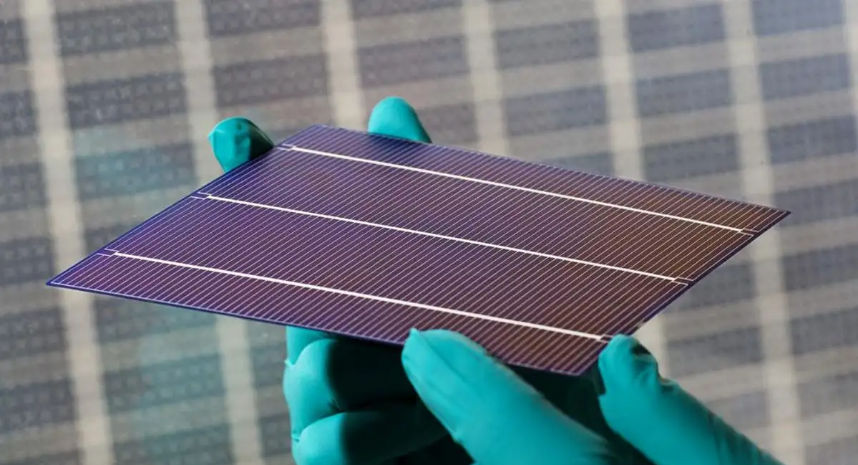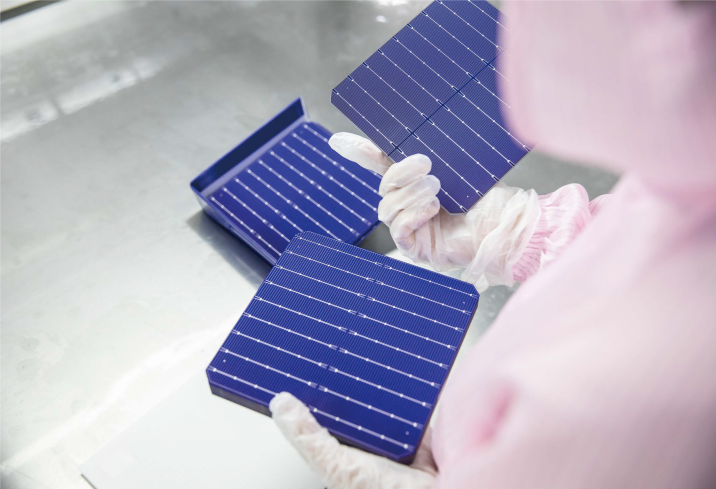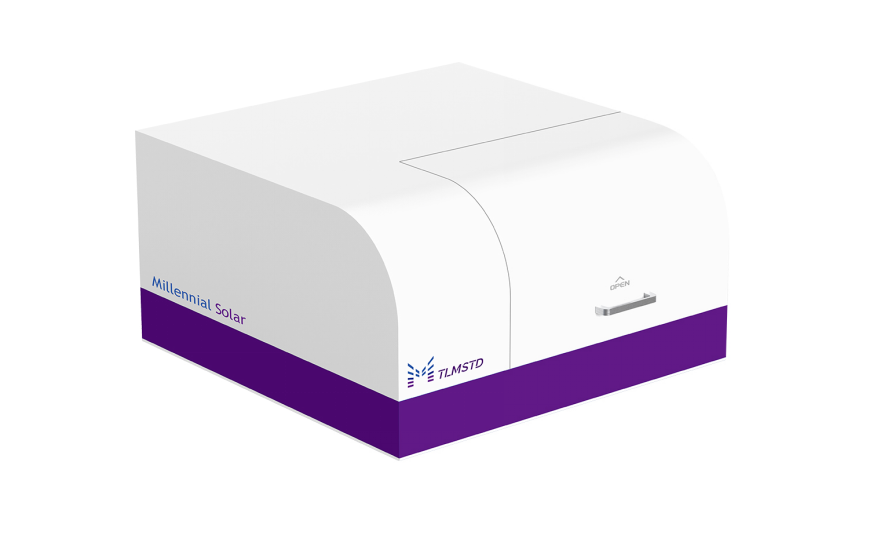
Quantum Efficiency Tester
PL/EL Integrated System
PV-Reflectumeter
3D Confocal Microscope
In-Line Four Point Probe Tester
Four Point Probe Tester
In-Line Thin Film Thickness Tester
Raman Spectrometer
FTIR Spectrometer
Spectrophotometer
Automatic Spectroscopic Ellipsometer
Contact Resistance Tester
Ultra depth of field 3D microscope
Auto Visual Tester
VMM PV Vision Measuring Machine
Solar Cell Horizontal Tensile Tester
Steady State Solar Simulator for Solar Cell
Solar Cell UV Aging Test Chamber
Solar Cell Comprehensive Tensile Tester
Visual Inspection Tester
Wet Leakage Current Tester
PV Module EL Tester
PV Module UV Preconditioning Chamber
Steady State Solar Simulator for PV Module
Current Continuous Monitor
Potential Induced Degradation Test
Bypass Diode Tester
LeTID Test System
Reverse Current Overload Tester
Impulse Voltage Tester
Hipot Insulation Tester
Ground Continuity Tester
Hipot Insulation Ground Tester
Damp Heat Test Chamber
Humidity Freeze Test
Thermal Cycle Test Chamber
Dynamic Mechanical Load Tester
Static Mechanical Load Tester
Hail Impact Tester
Robustness of Termination Tester
Module Breakage Tester
Cut Susceptibility Tester
Peel Shear Strength Tester
Universal Testing Machine (Single-arm)
Universal Testing Machine (Double-arm)
Glass Transmittance Tester
Acetic Acid Test Chamber
EVA Degree of Crosslinking Test System
Junction Box Comprehensive Tester
Drop ball tester
Semi-automatic scanning four-probe tester
Stylus Profilometer
Maximum Power Point Tracker
Perovskite Glass Transmittance Tester
Perovskite P1 Laser Scribing Multifunctional Testing Machine
Perovskite Online PL Tester
Perovskite Online Sheet Resistance Tester
Online Perovskite Film Thickness Tester
Perovskite Process Inspection Workstation
Portable IV Curve Tester
Portable EL Tester
Portable Thermal Imaging Tester
Solar Module Multi-Channel Testing System
PV Inverter Power Quality Tester
Drone EL Tester
IV Tester
IVEL Cell Sorting Machine
Solar Cell Electrode Manufacturing Process, How Should We Choose Electrode Materials?
Date : 2023-11-22Views : 110
The production of solar cell electrodes is an important link in the solar cell manufacturing process, which will directly affect the performance and stability of solar cells. During its production process, the selection of solar cell electrode materials is particularly important. The selection of electrode materials should be optimized and matched according to the type and needs of the solar cell, so as to achieve the best photoelectric conversion rate. The TLM Contact Resistance Tester produced by Millennial Solar can perfectly evaluate the process quality of the solar electrode manufacturing process, so that after the process is completed, scientifically characterize parameters such as solar cell contact resistance, sheet resistance, contact resistivity and grid line resistance. Thus helping solar cell manufacturers to better produce solar cells!

![]()
Solar cell electrode manufacturing process principle
The electrode of a solar cell refers to the output end of the solar cell, which is usually composed of transparent, metal or carbon materials. Different materials have different advantages and disadvantages, such as light transmittance, conductivity, temperature resistance, etc. In the production of solar cell electrodes, it is first necessary to select appropriate substrate materials, such as silicon, glass, ceramics, etc., to provide good optical and electrical properties. The choice of electrode material is also very important. We can choose ITO film, metal film, or carbon, etc., and then the electrode material can be deposited on the substrate through various deposition methods to form a uniform, dense and high-quality electrode layer. Finally, the electrode layer needs to be surface treated and tested to optimize its optical and electrical properties and to detect parameters such as its photogenerated carriers and no-load current.

![]()
Solar cell electrode material selection principles
Optimize and match according to the type and needs of solar cells to achieve the best photoelectric conversion effect. For crystalline silicon solar cells, silver and aluminum are generally chosen as positive and negative electrode materials to provide efficient photogenerated current and back surface fields; for thin film solar cells, ITO and carbon are generally chosen as positive and negative electrode materials to provide high transmittance and low-cost electronic transmission and contact.
Consider the conductivity, reflectivity, light transmittance, stability, cost and other factors of the electrode material to balance the performance and economy of the electrode. Usually, metal or ITO film materials with high conductivity and high reflectivity are selected for the front electrode, thereby improving photoelectric conversion efficiency and output power; while carbon materials with low conductivity and low cost are generally selected for the back electrode. To reduce electrode losses and costs.
Consider the matching of electrode materials and solar cells to avoid problems such as reactions, dead zones, and defects between the electrodes and silicon wafers, which will affect the life and performance of the electrodes. For silicon wafers, metal or ITO film materials with good ohmic contact and chemical stability are generally selected to ensure the reliability and durability of the electrodes; for non-silicon wafers, materials with non-silicon wafers are generally selected. Silicon wafers have good interface compatibility and physical stability with metal or carbon materials, thereby ensuring the life and stability of the electrode.
![]()
TLM Contact Resistance Tester
Whether it is the selection of solar cell electrode materials or the optimization of the process during electrode production, the goal is to increase the contact resistance of the solar cell as much as possible after the process is completed. Then, in order to understand the growth of the contact resistance to the greatest extent, use the TLM Contact Resistance Tester produced by Millennial Solar to conduct high-precision and scientific measurements.

E-mail: market@millennialsolar.cn
In solar cell electrode optimization, contact resistance is an important aspect that needs to be considered. The contact resistance is not only related to the contacted image, but also related to the diffusion process and sintering process. Using the TLM Contact Resistance Tester produced by Millennial Solar to measure contact resistivity can reflect problems in diffusion, electrode production, sintering and other processes. And the contact resistivity test and line resistance test provided by this equipment can be switched at will.
● The test range can reach 0.1~120mΩ*cm^2
● Static test repeatability ≤1%, dynamic test repeatability ≤3%
● Line resistance measurement accuracy can reach 5% or 0.1Ω/cm
● Contact resistivity test and line resistance test can be switched at will
● A variety of probe heads can be customized for measurement and analysis
In order to maximize the use value of solar cells, it is particularly important to select electrode materials. Millennial Solar's TLM Contact Resistance Tester can evaluate and characterize the contact resistance of the solar cell after selecting the electrode material to evaluate whether the selected electrode material is the most suitable, thereby helping solar cell manufacturers optimize the electrode material!

































































